Browse Books
Filter :
Publication date
Subject
Authors

Vaccines for Latent Viral Infections
Oct 2015
Book
Liljana Stevceva
Many viruses are known to persist in their hosts cells in a latent state without exhibiting virulence or symptoms of infection hence giving rise to the term latent infections. Vaccines for Latent Viral Infections is a clear and concise monograph which features a review of some well-known viruses that are capable of establishing latent infections in humans. These include herpes simplex virus (HSV) cytomegalovirus (CMV) varicella zoster virus (VZV) E Read More

Vascular Health
Jul 2019
Book
Ferid Murad,
Atta-ur-Rahman and
Ka Bian
Herbal Medicine: Back to the Future compiles expert reviews on the application of herbal medicines (including Ayurveda Chinese traditional medicines and alternative therapies) to treat different ailments. The book series demonstrates the use of sophisticated methods to understand traditional medicine while providing readers a glimpse into the future of herbal medicine.The second volume in the series continues on the theme of the previous volume fo Read More
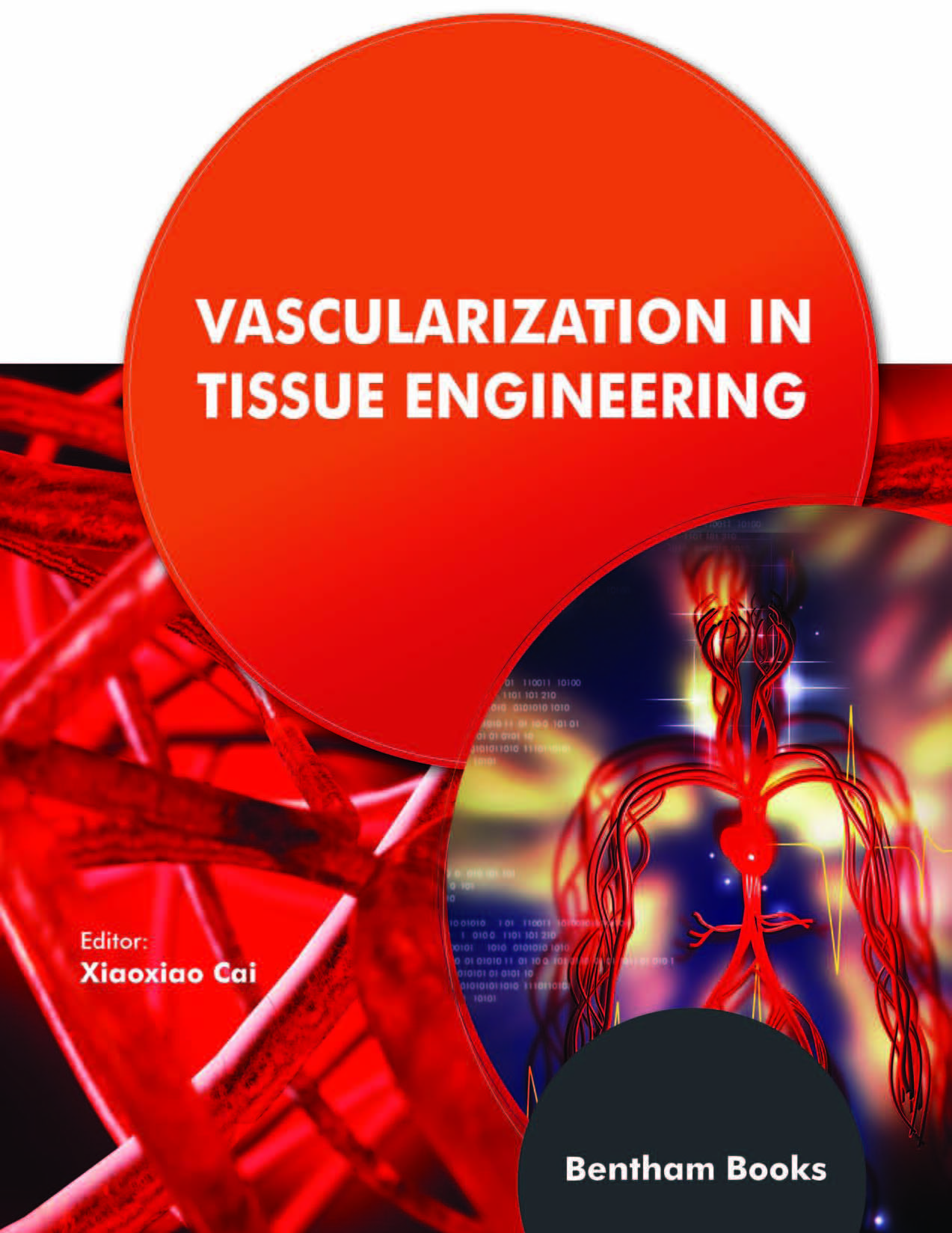
Vascularization in Tissue Engineering
Oct 2020
Book
Xiaoxiao Cai
Vascularization in Tissue Engineering presents a comprehensive picture of blood vessel development and the recent developments on the understanding of the role of angiogenesis in regenerating biological tissues. The first-half of this book consists of three chapters emphasizing the fundamental knowledge about cell pathways growth factors co-culture strategies cell interactions and vascularization in pathological scenarios. The second half takes this Read More
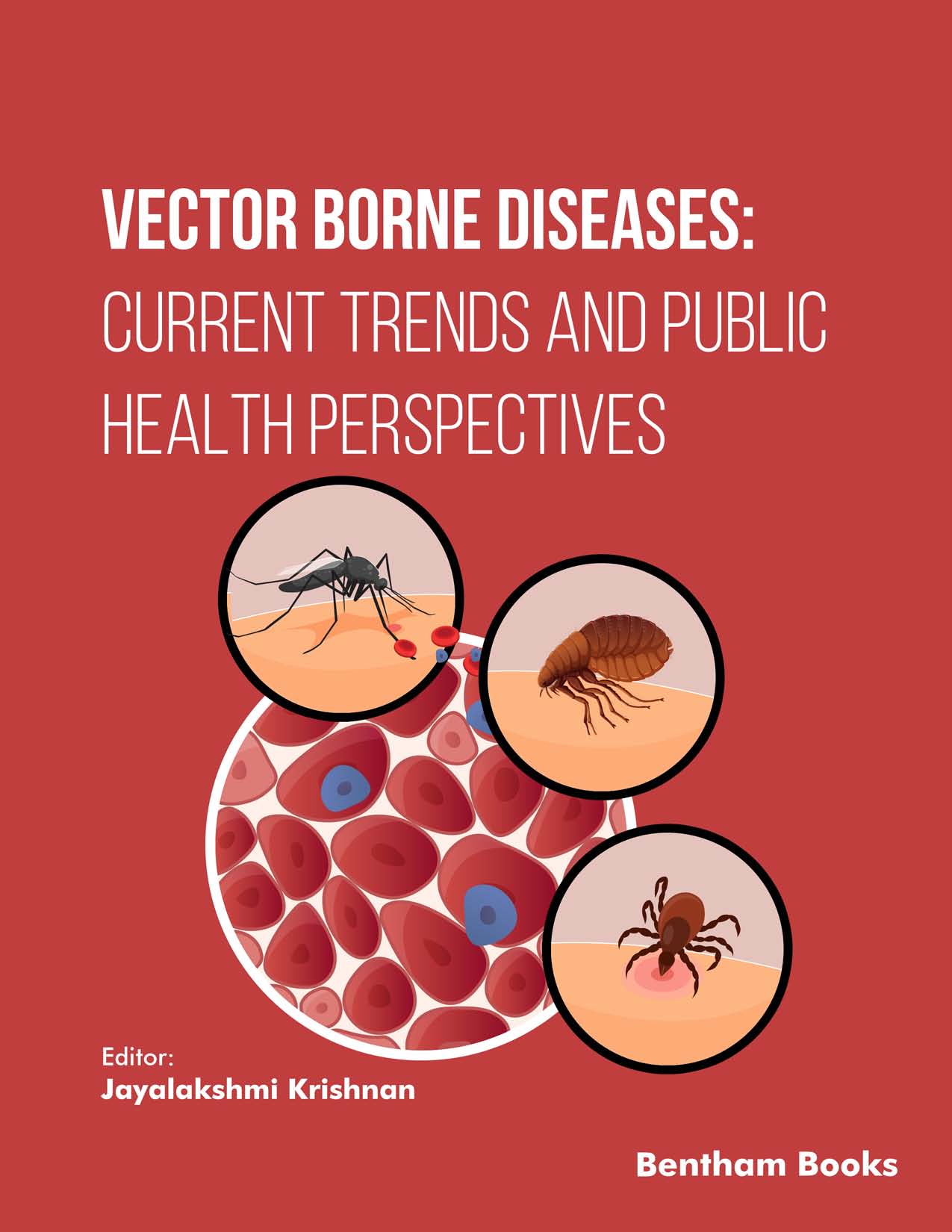
Vector Borne Diseases: Current Trends and Public Health Perspectives
Dec 2024
Book
Jayalakshmi Krishnan
This book provides a comprehensive exploration of vector-borne diseases highlighting current trends control strategies and their public health implications. With contributions from experts it informs readers about specific diseases caused by vectors such as mosquitoes and other zoonotic agents presenting innovative approaches for prevention and management.The book begins with a focus on mosquito control strategies emphasizing their significanc Read More

Vertical Axis Hydrokinetic Turbines: Numerical and Experimental Analyses
Dec 2021
Book
This handbook is a guide to numerical and experimental processes that are used to analyze and improve the efficiency of vertical axis rotors. Chapters present information that is required to optimize the geometrical parameters of rotors or understand how to augment upstream water velocity.The authors of this volume present a numerical model to characterize the water flow around the vertical axis rotors using commercial CFD code in Ansys Fluent® Read More

Veterinary PCR Diagnostics
Mar 2012
Book
PCR (Polymerase Chain Reaction) technology has become an indispensable component of routine veterinary diagnostics. However a number of pitfalls and limiting factors affect its sensitivity and specificity of detection. It is imperative that veterinary PCR diagnosticians include such considerations in their work. Extensive experience with PCR technology in both research and diagnostic applications enables researchers to pinpoint these practical limitations Read More
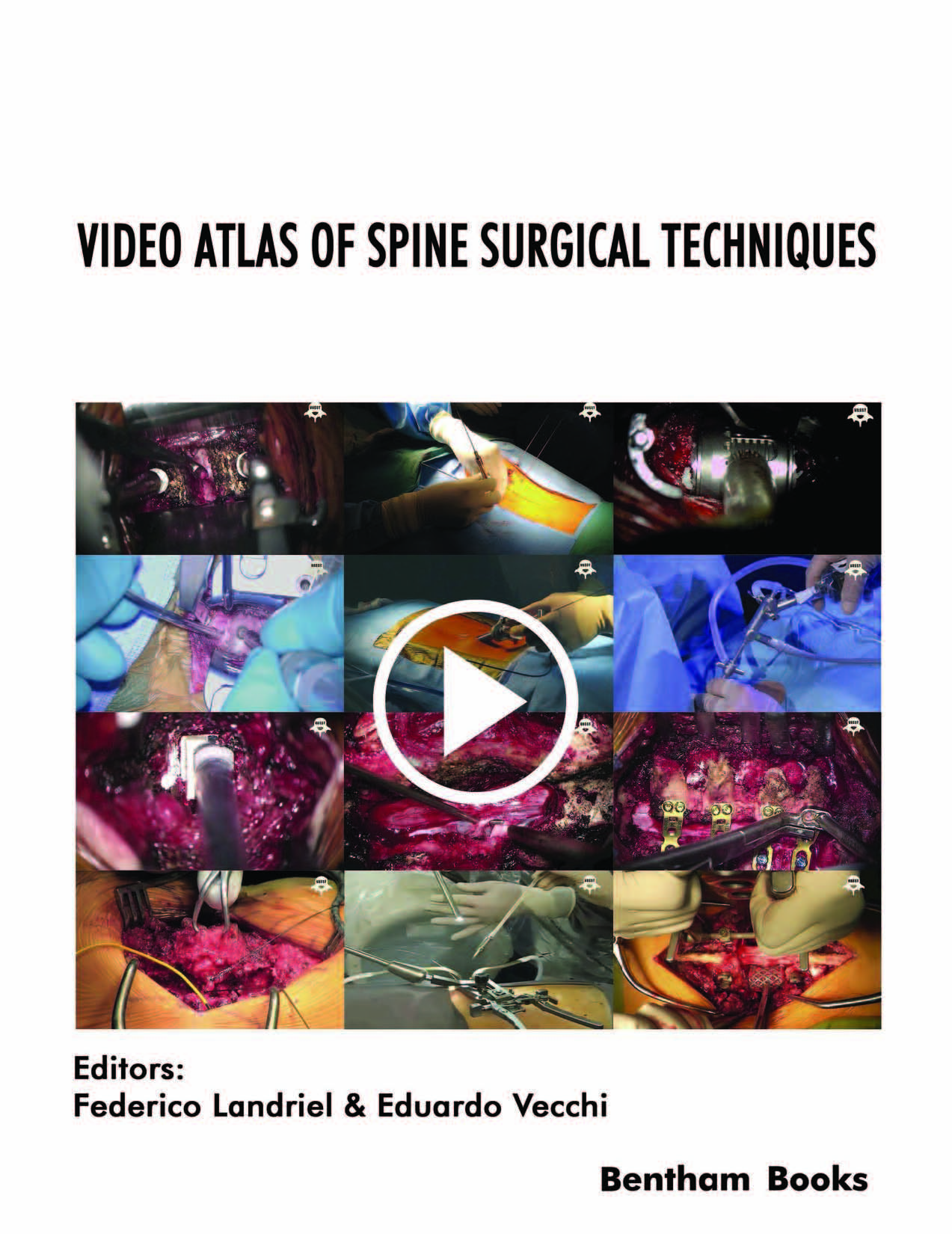
Video Atlas of Spine Surgical Techniques
Apr 2016
Book
Federico A. Landriel and
Eduardo Vecchi
This video atlas covers a broad range of spinal surgical procedures. The volume includes a collection of high quality 3-to-8 minute videos of some of the most critical spine operations performed by internationally renowned expert surgeons.Key features of the book contents include:o Downloadable high quality video content with subtitles suitable for viewing on any display (A brief preview of the book content can be viewed at https://www.youtube.com/watch?v Read More
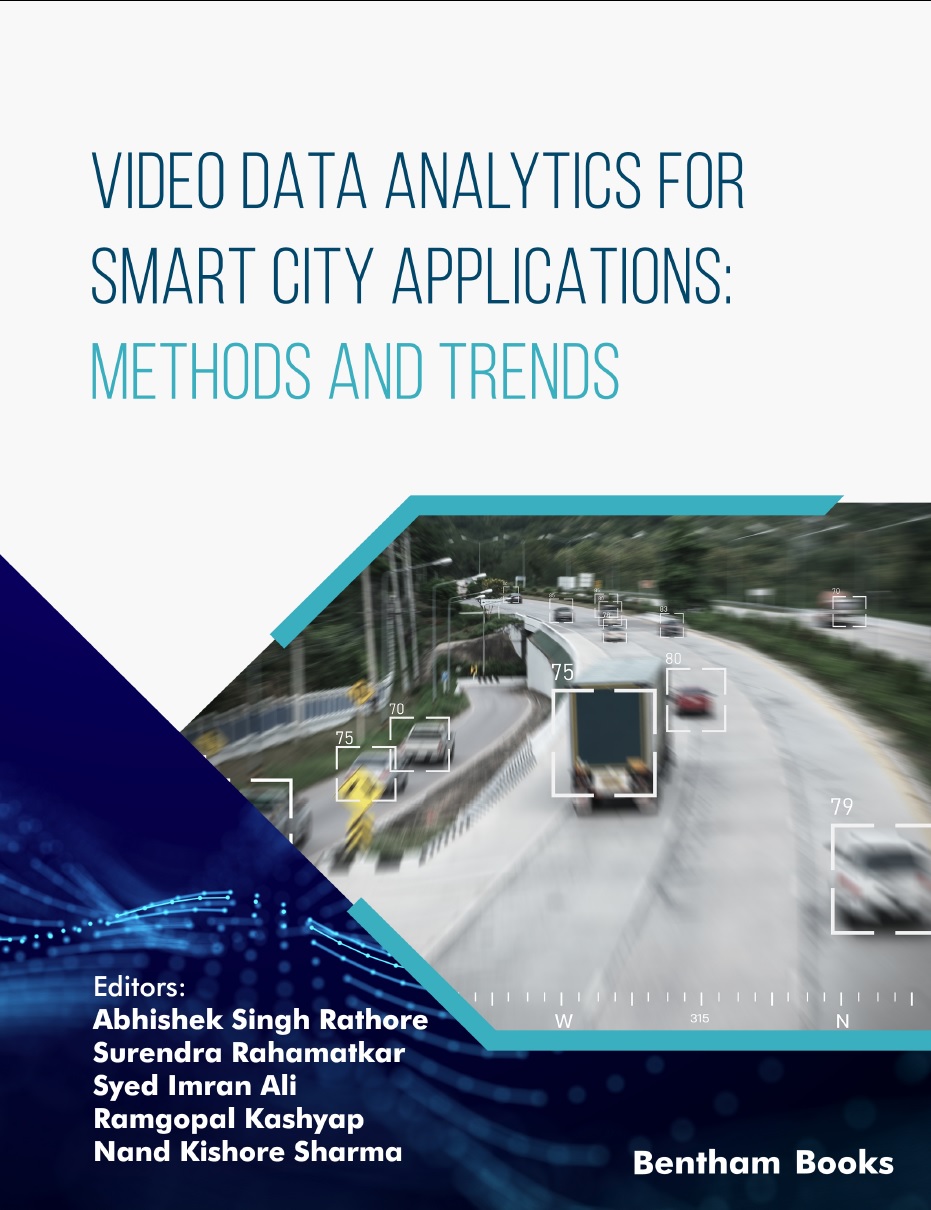
Video Data Analytics for Smart City Applications: Methods and Trends
Apr 2023
Book
Abhishek Singh Rathore,
Surendra Rahamatkar,
Syed Imran Ali,
Ramgopal Kashyap and
Nand Kishore Sharma
Video data analytics is rapidly evolving and transforming the way we live in urban environments. In Video Data Analytics for Smart City Applications: Methods and Trends data science experts present a comprehensive review of the latest advances and trends in video analytics technologies and their extensive applications in smart city planning and engineering.The book covers a wide range of topics including object recognition action recognition violence Read More
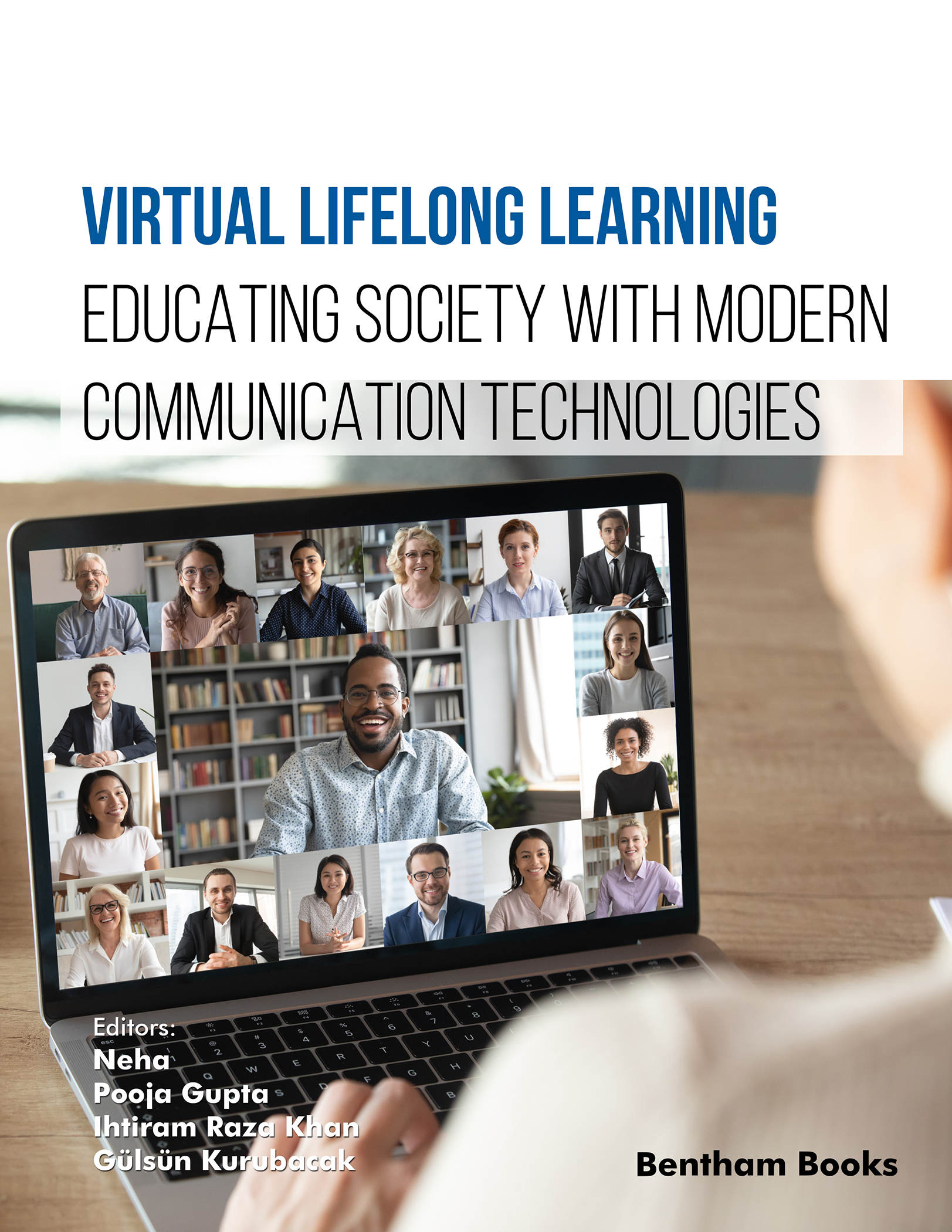
Virtual Lifelong Learning: Educating Society with Modern Communication Technologies
Jun 2024
Book
Pooja Gupta and
Ihtiram Raza Khan
This reference addresses the transformative landscape of education through the lens of modern technologies. It imparts a comprehensive overview of the challenges opportunities and future visions in education by covering the dynamic intersection of e-learning virtual teaching and cutting-edge technologies. The book includes an extensive spectrum of 14 topics commencing with a basic study on E-learning and teaching in the new millennium. Next the Read More
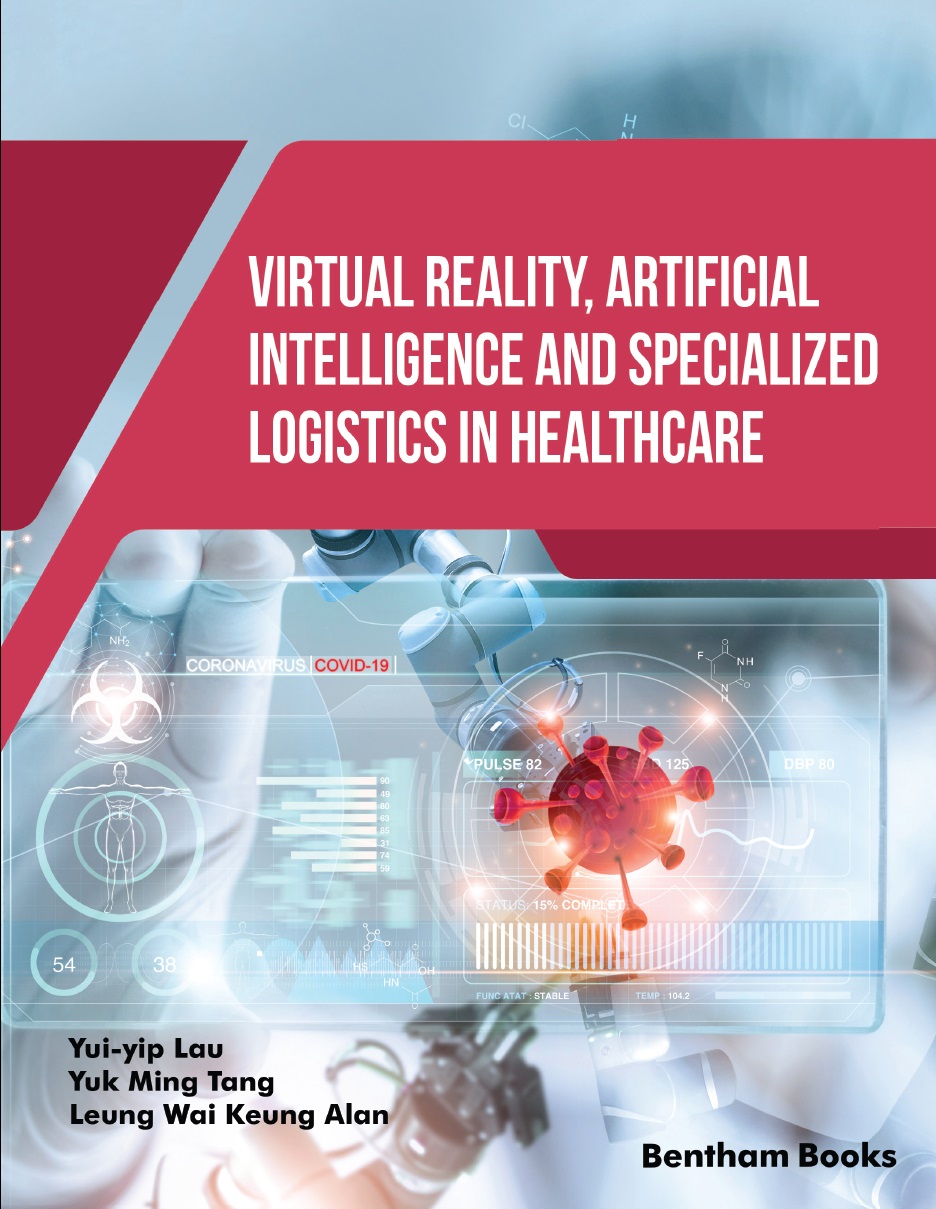
Virtual Reality, Artificial Intelligence and Specialized Logistics in Healthcare
Nov 2023
Book
Virtual Reality Artificial Intelligence and Specialized Logistics in Healthcare aims to enrich knowledge and expertise in the field of advanced technologies and specialized logistics within the healthcare industry. A key feature of the book is the focus on mitigating the effects of epidemics such as COVID-19. The book offers a comprehensive understanding of these topics across nine chapters. The initial chapters 1 and 2 meticulously delve into the state-of-the-ar Read More
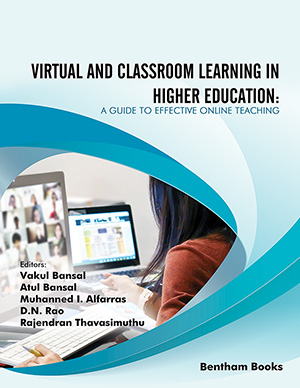
Virtual and Classroom Learning in Higher Education: A Guide to Effective Online Teaching
Dec 2021
Book
Vakul Bansal,
Atul Bansal,
Muhanned I. Alfarras,
D. N. Rao and
Rajendran Thavasimuthu
The recent COVID-19 pandemic has prompted educators to utilize online learning resources in order to comply with public health and social distancing mandates. The transition to virtual classrooms has created several opportunities and challenges for all stakeholders involved in the educational ecosystem. The ability of the classroom instructor to impart learning to students requires considerable adjustments from both students and teachers which ca Read More

Vitamin D-A Novel Therapy for Chronic Diseases?
Oct 2024
Book
Dimitrios Papandreou
Vitamin D - A Novel Therapy for Chronic Diseases? This comprehensive book explores the vital role of vitamin D in human health with a focus on its potential impact on various chronic diseases. Starting with the history and general information of vitamin D the book covers various topics including its effects on immunity gut health insulin resistance cardiovascular disease irritable bowel syndrome depression melanoma and pregnancy. It provides clear an Read More
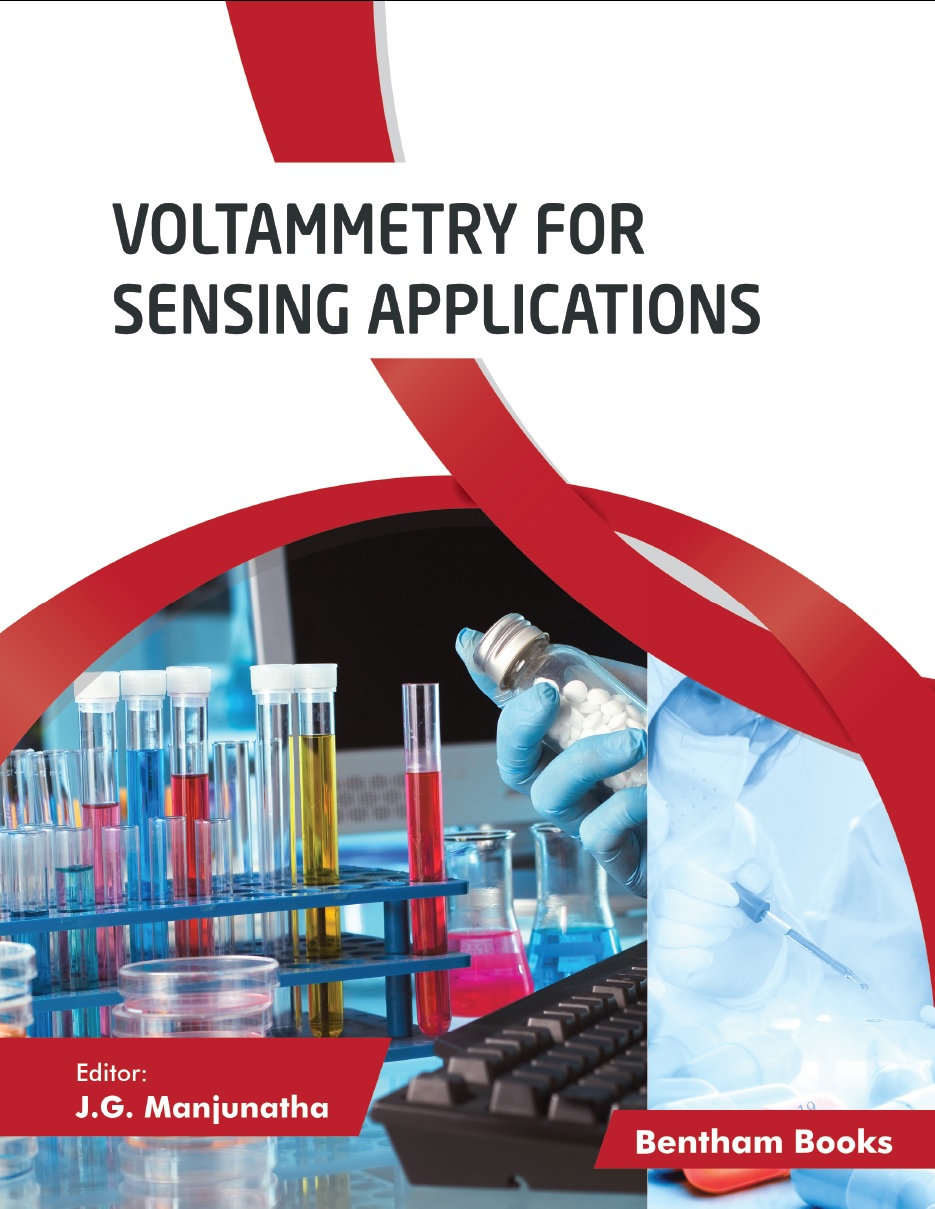
Voltammetry for Sensing Applications
Feb 2022
Book
J. G. Manjunatha
Voltammetry for Sensing Applications familiarizes readers with recent advancements in the field of electrochemical analysis. The book features 16 chapters which cover many applications of voltammetric analysis such as drug testing and analysis sensors for point-of-care devices sensors for diverse analysis advanced energy storage devices clinical sample analysis sensors for the detection of heavy metals nanomaterials disease detection immune sen Read More
No more items...
